A chief complaint from regular users of the drug, is the onset of the so-called munchies - the prevailing craving for food after use. Thus, a potent strain, with the ability to suppress appetite has enormous possibilities - both medical, and for the wellness and diet-related industries. From its potential as a simple weight loss aid, to a possible tool in the fight to battle obesity - one of the developing world’s greatest health risk factors in the 21st century - the possibilities are immense. In the same vein, its use to curb the appetite of those whose medications (for instance for diabetes and heart disease) excessively stimulates appetite, may also be revolutionary. Current weight loss drugs generally have the unwanted side effect of increasing blood pressure, which is often a problem for the very people most in need of shedding the pounds.
ABOUT BLACK BEAUTY
Black Beauty is an amazing cannabis strain that produces the darkest plum, almost black coloured buds. It is also a strain that is extremely rare and high in value, exactly because it comprises one of the most unusual and distinctive cannabinoid profiles on the market today - it contains a ratio of 2 to 1 in THC and THCV.
The plant’s history is said to be somewhat unusual, as well. Originally, this cannabis variety was viewed as one with tremendous potential in the CBD marketplace. At the outset, its CBD level was thought to be around 3%, and its THC at around 11%. However, the plant was re-tested at a later date, and found to have an actual THCV level at approximately 4%, and a THC at 7%, Remarkably, further testing also showed that when growers subjected the plant to constant 24 hours of light, it still remained in its vegetative state. Most cannabis plants will come into bloom at around the 12 hour / 12 hour light cycle; Black Beauty, however, starts to bloom at the 18-hour mark.
This "unusual" blooming characteristic is not the only change that occurs within that time frame. Additional to that, the buds - which start out as a very deep purple - then begin to turn black. Furthermore, at around six weeks after flowering, as the plant grows and evolves, it actually becomes a hermaphrodite, meaning it is actually both male and female in one plant. As an aside, all hermaphroditic strains such as Black Beauty must be grown separately from other strains, or they will pollinate the other varieties in the vicinity. Some Black Beauty buds can produce a yellow “banana hairs” appearance, which occasionally also produces pollen. Recently, however, three different and distinctive genotypes of this strain have been created, each producing three different cannabinoids and in different colours. However, it is only one genotype that produces buds that are hermaphroditic. Interestingly, evidence has shown that when this strain is grown indoors, it actually produces a higher level of THCV.
THE BLACK BEAUTY IS AN EXPERIENCE
It is the presence of the THCV in this strain that is thought to speed up the THC’s psychoactive effects. The end result is an experience that is exhilarating and energetic, and that also has a particularly quick ascent to its high. However, it is relevant to note that on the other hand, the descent likewise happens somewhat faster than that of the standard THC strain. Although they are said to be at once calming and enjoyable, it is believed that THCV-containing strains do actually provide a more satisfying brain or mental experience.
Whilst it is not a THCV-dominant strain of cannabis, Black Beauty’s bud is, as aforementioned, an ideal variant when it comes to avoiding the usual post-use excessive appetite phase. Studies have shown that pure THCV has been shown to reduce rodent feeding and stimulate weight loss. Interestingly, however, studies have also found that such appetite suppressants might not work as effectively when that particular cannabinoid is also used together with THC.
Thus, whilst a strain of cannabis like black beauty may not cause one to actually eat less, it could help mitigate some of the appetite increasing side-effects most commonly seen with THC. As a result, after smoking such a strain, one may be somewhat less likely to end up raiding the refrigerator for pizzas and desserts.
BLACK BEAUTY’S USES
Black Beauty is showing itself to be a superb strain of cannabis for its medical uses. THCV has shown itself, in recent research, as being a key player amongst cannabinoids that could be enormously useful in terms of supplementing treatments for both obesity and diabetes. As a result, it is not impossible that this strain may well become one that is utilised as part of new advances in the development of drugs for such conditions. As with other cannabinoids, THCV has analgesic, anti-inflammatory and antioxidant properties, and exciting research is showing it as a potentially excellent choice for those suffering from neurological or autoimmune disorders.
INFORMATION ON GROWTH AND SEEDS
Owing to its hermaphroditism, Black Beauty is a strain that would require the expertise of more experienced growers. It would be a joy to behold this aesthetically beautiful and unique strain grow right before one’s eyes. To see its distinctively beautiful purple buds grow and change colour at harvest to its deep onyx hue, almost reminiscent of the darkest of concord grapes. The variety’s high THCV properties will best reach its potential when grown in natural sunlight, rather than artificial lighting indoors.
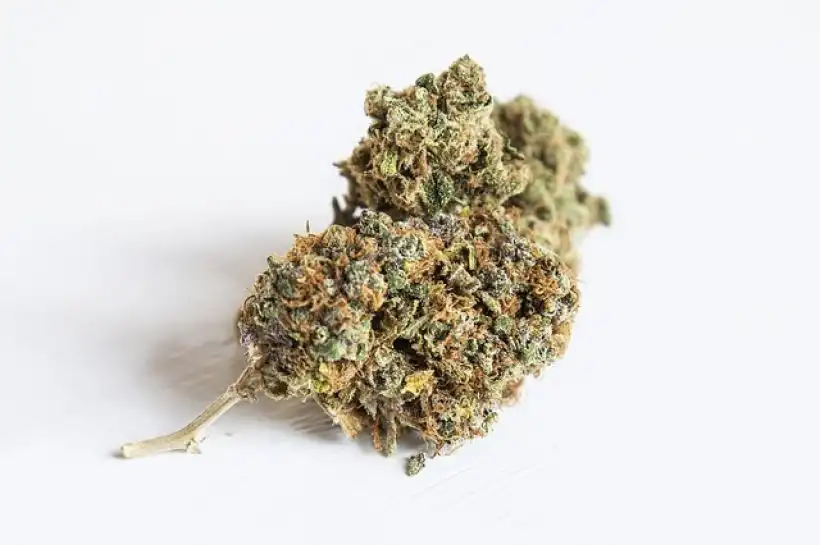


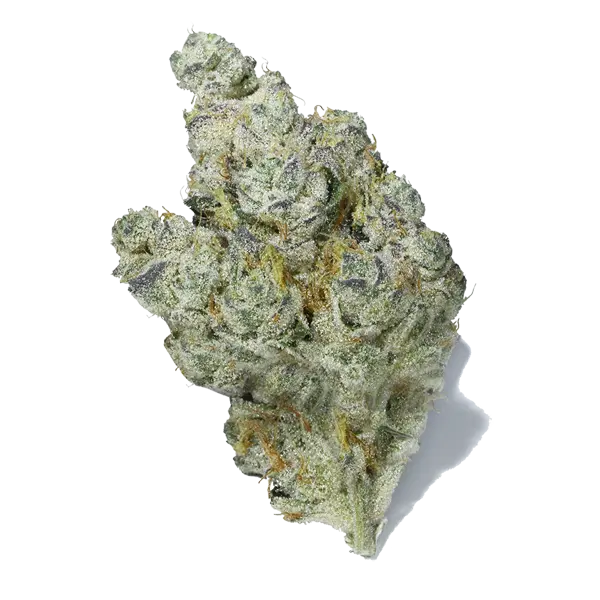
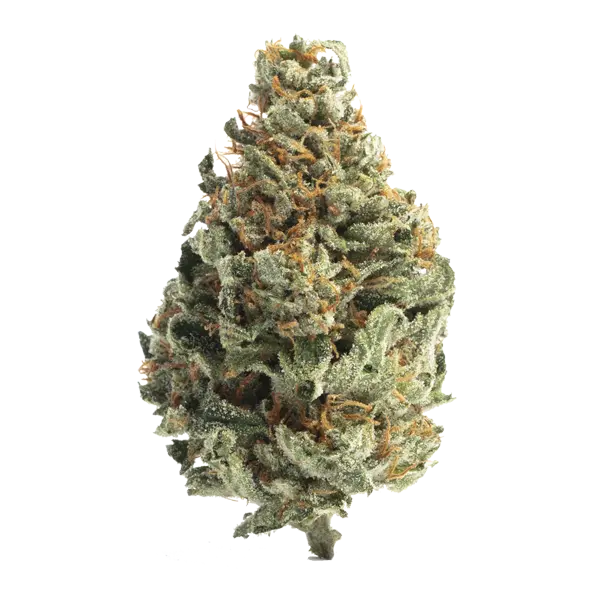
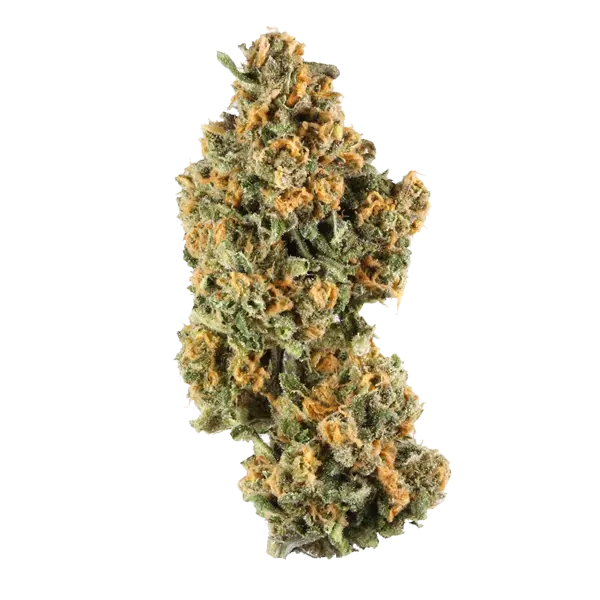

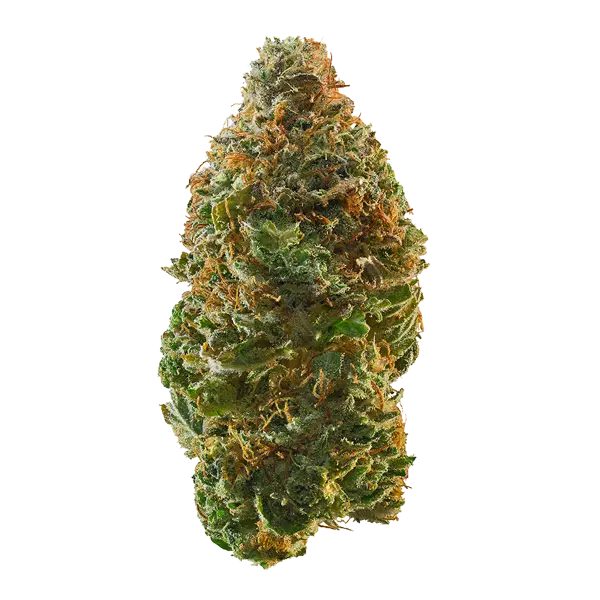

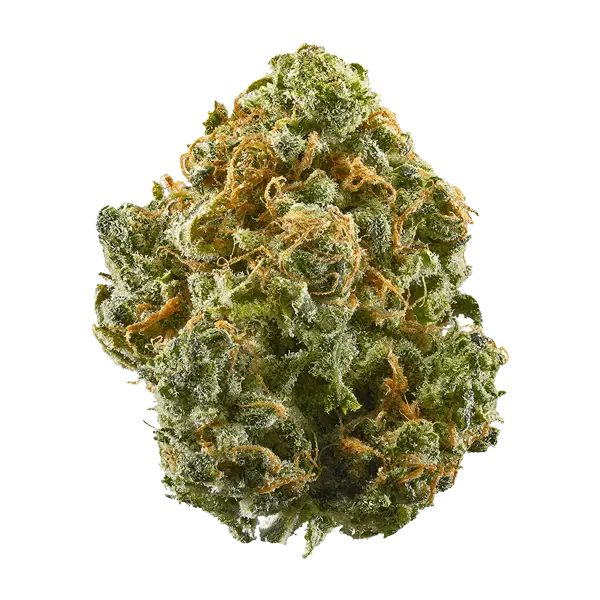






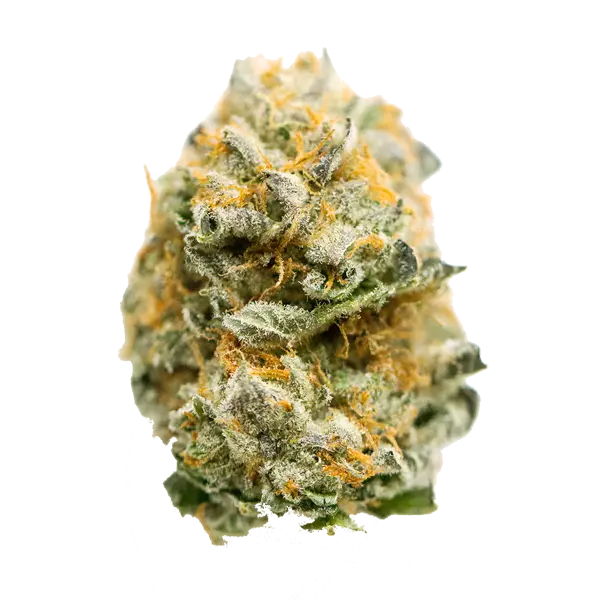
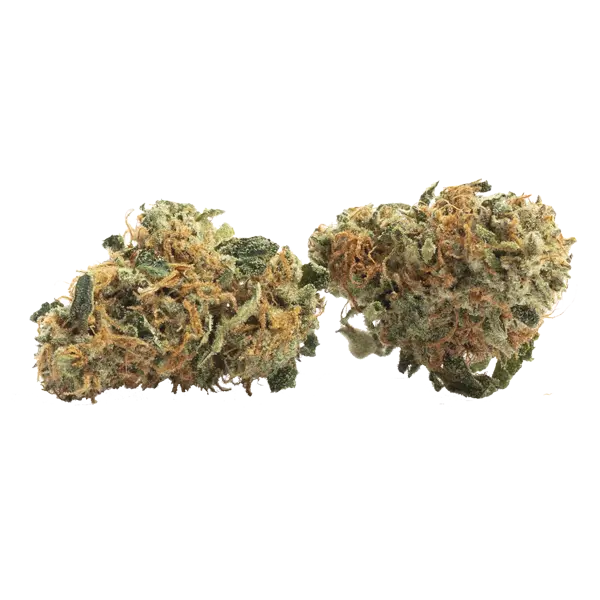
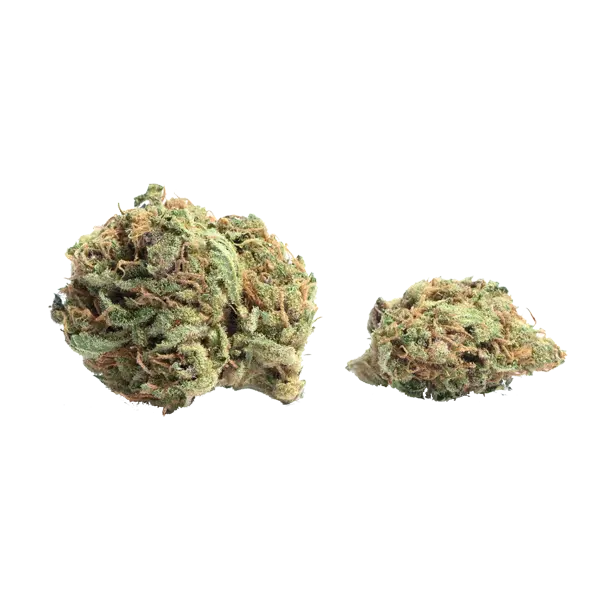







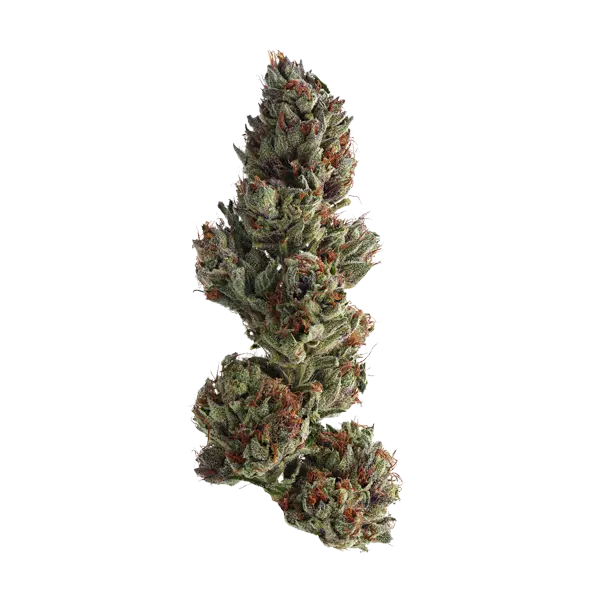



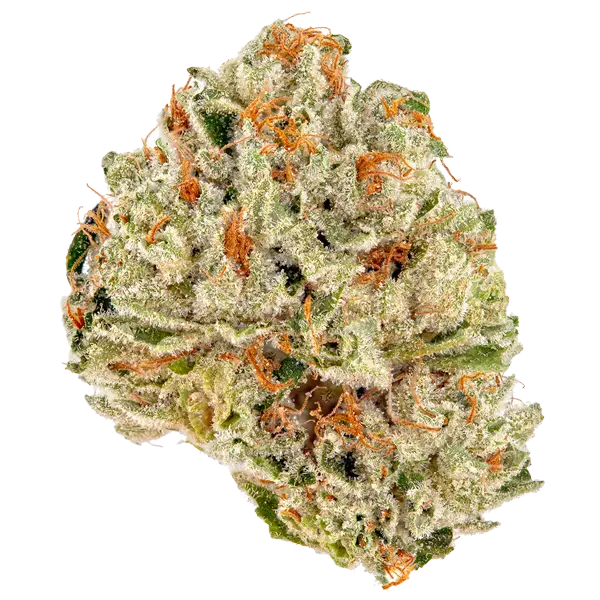
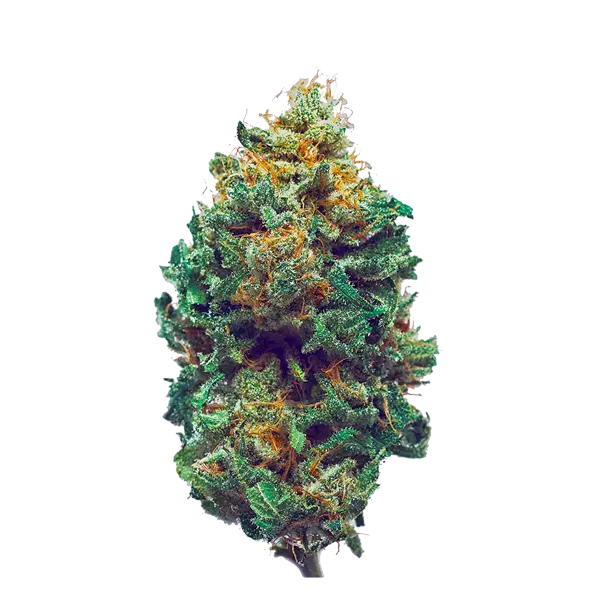
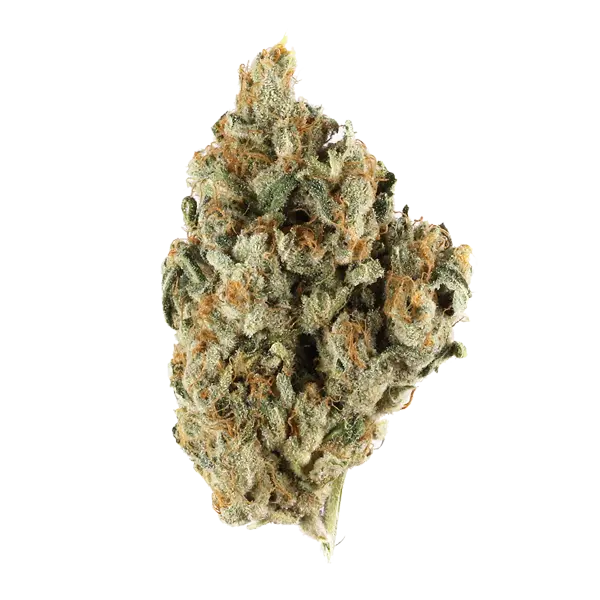

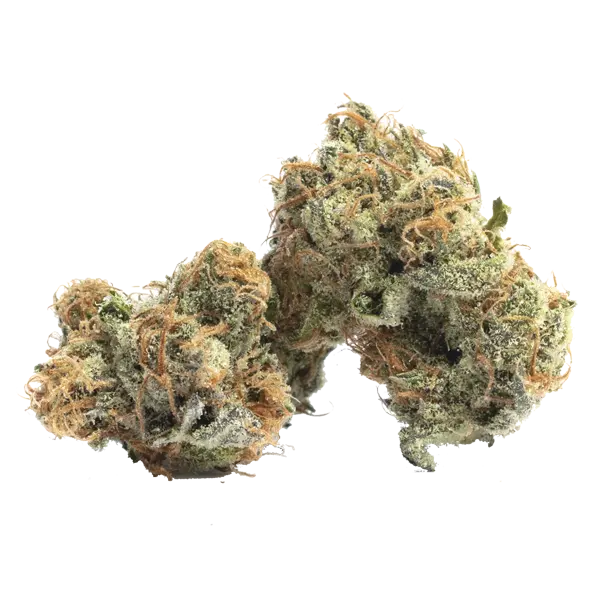
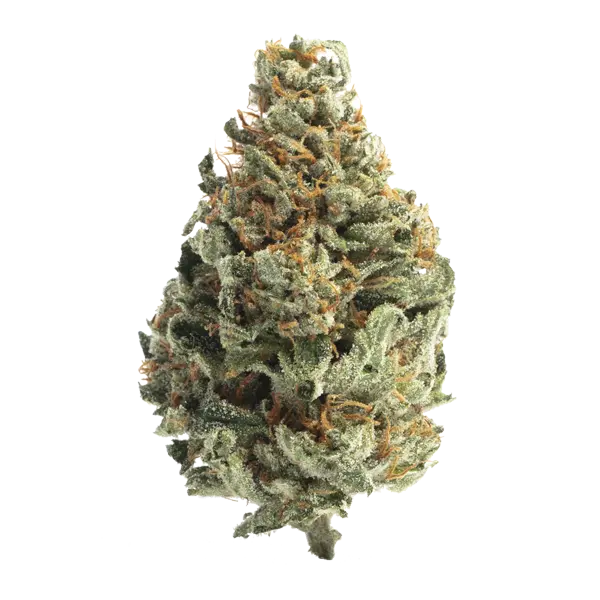
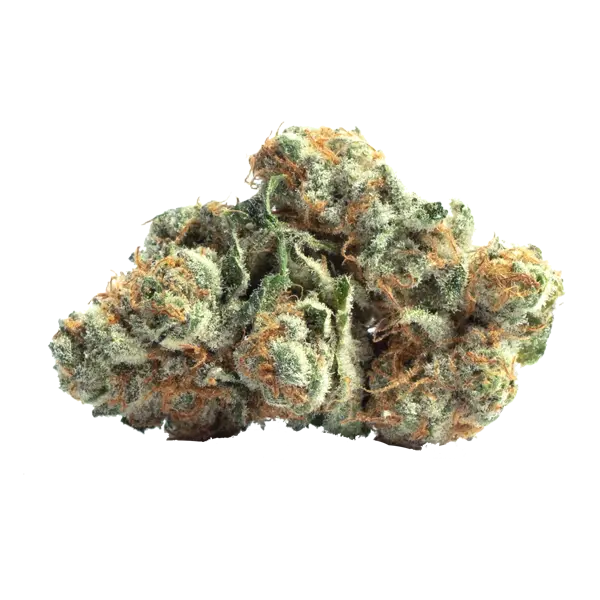
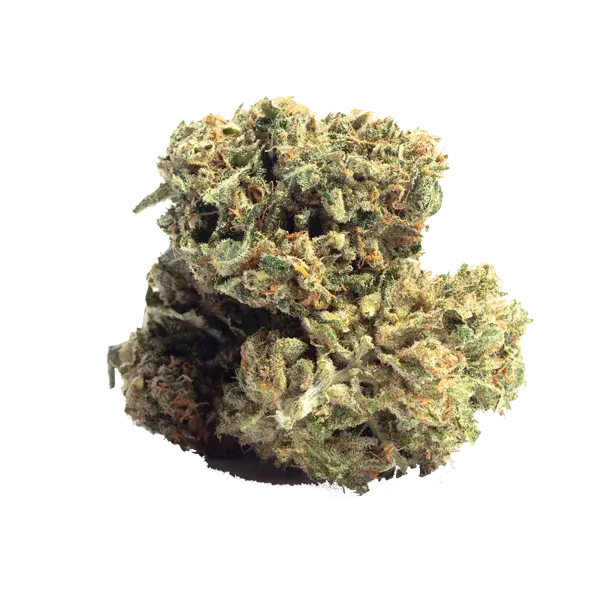
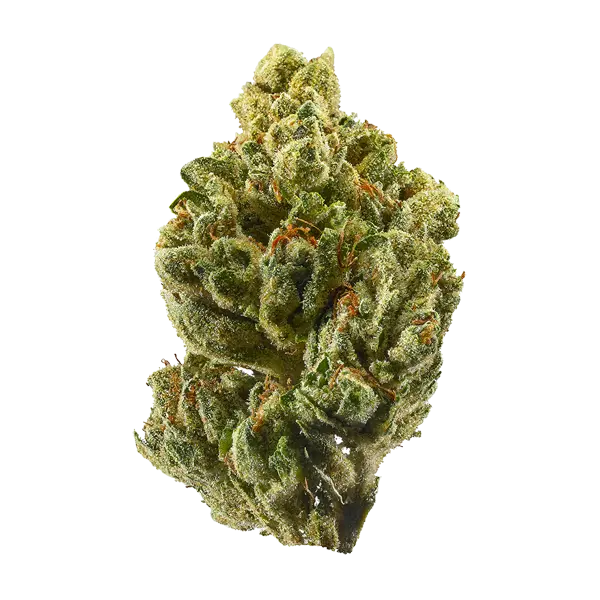
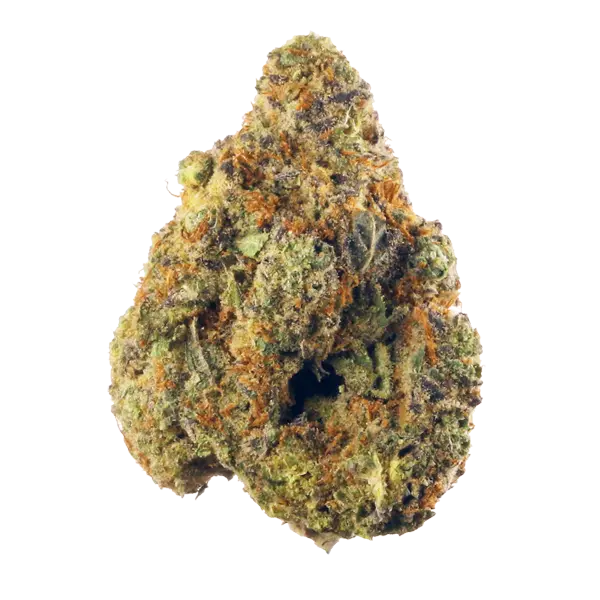
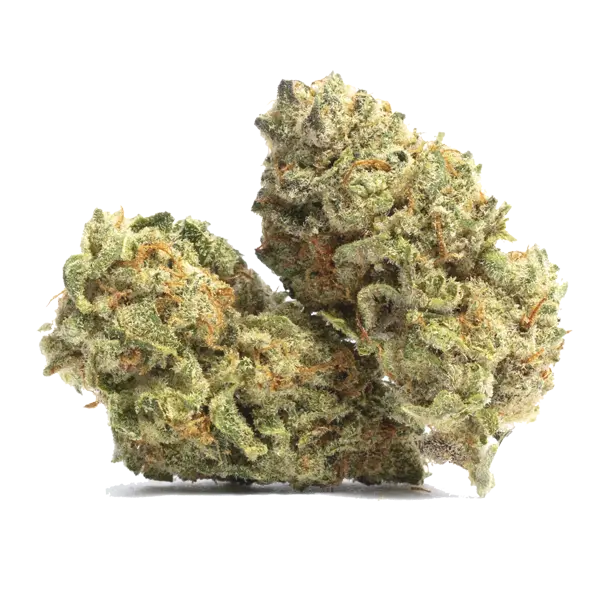
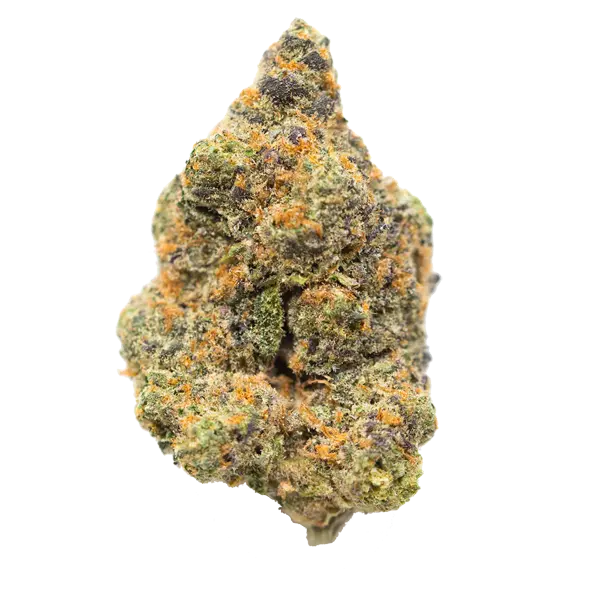
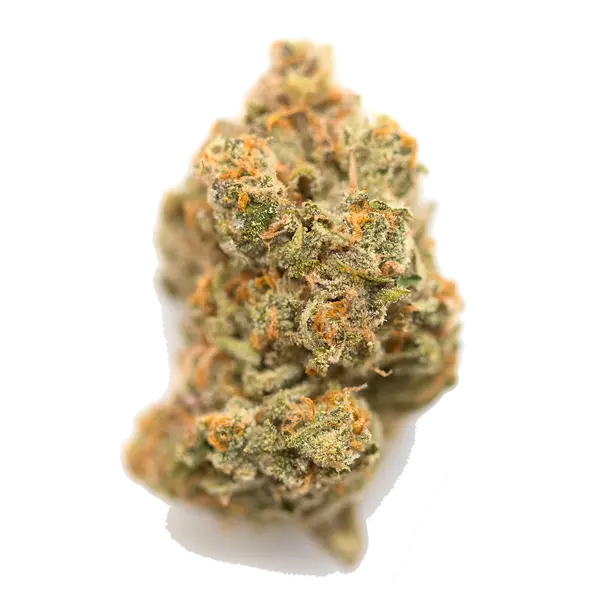
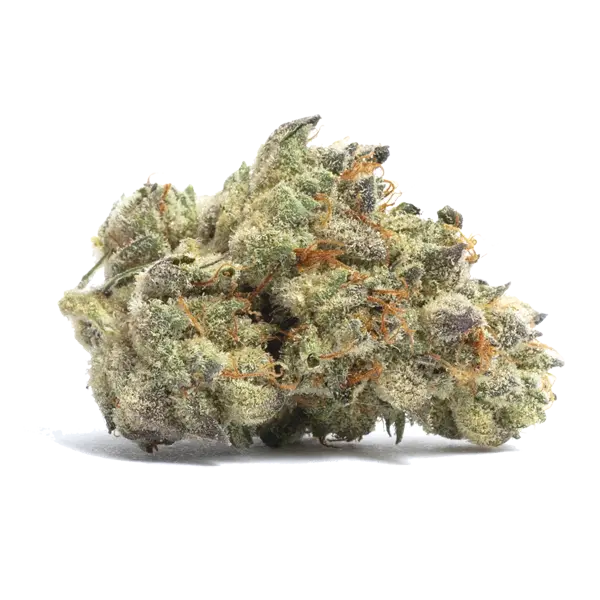
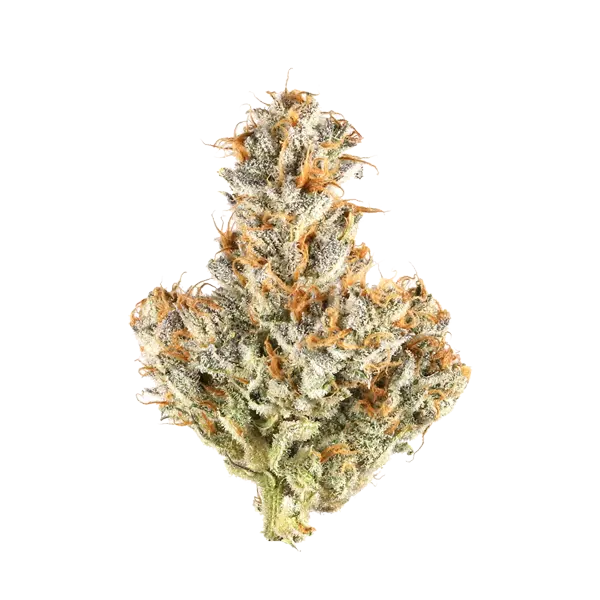



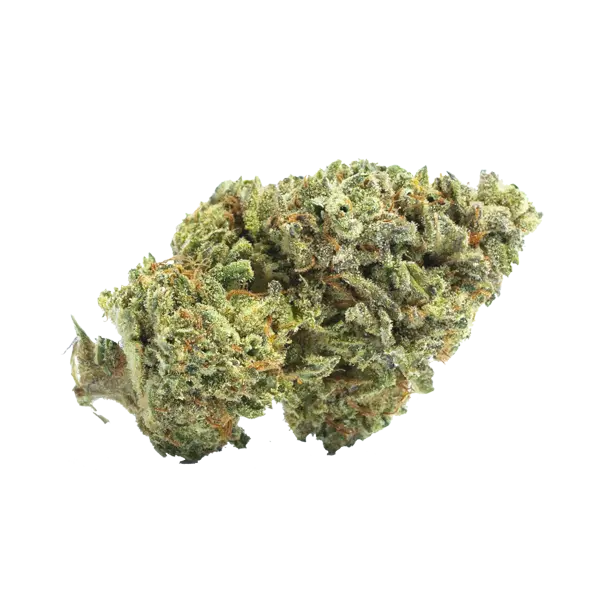













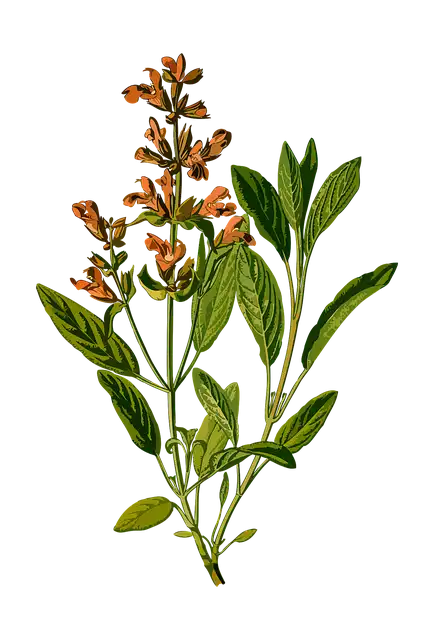

 Cannabis and Terpenes: What You Need to Know
Cannabis and Terpenes: What You Need to Know How to Assess Cannabis Quality
How to Assess Cannabis Quality








